AI re-shapes advertising in NZ
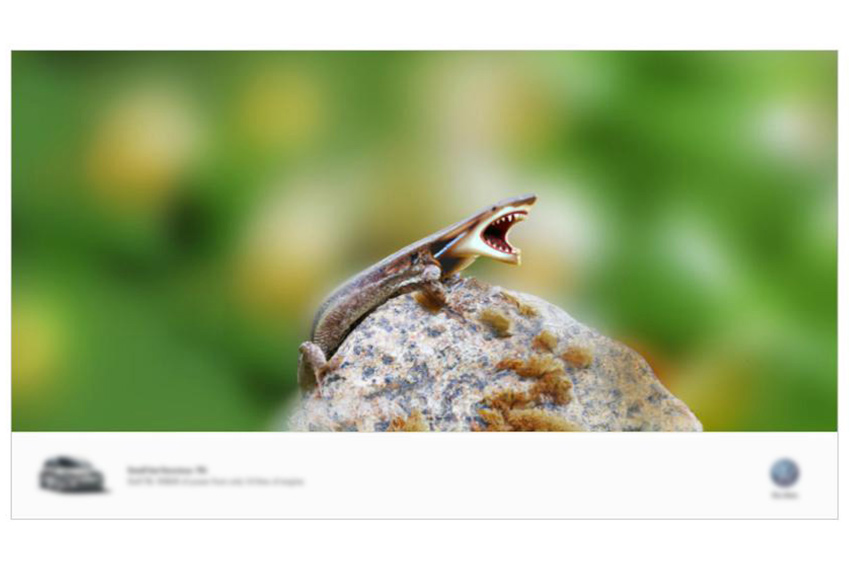
Like many industries, advertising is grappling with the impact of artificial intelligence, as generative AI image tools like DALL-E2 become more prominent and reliable.
What does the ease of creating imagery online mean for New Zealand’s advertising industry? Associate Professor Angelique Nairn, Senior Lecturer Justin Matthews, and Lecturer Dan Fastnedge of AUT’s School of Communication Studies, interviewed Aotearoa New Zealand-based advertising creative professionals across eight different agencies, from boutique to large firms, to find out.
“Technology has always had a huge influence on advertising,” says Fastnedge. “We wanted to find out how AI is already affecting the industry in NZ, what issues have already been noted, and discuss its future potential.”
The research was done in a series of focus groups, with participants including creative directors, art directors, designers, copywriters, content creators, strategists and account executives at various levels of seniority, from junior to seasoned directors.
“We identified three key themes through our focus groups: aesthetics, creative practice and human vs machine,” says Matthews.
“AI is already well used in programmatic buying of advertising, allowing autonomous buying of advertising based on the interpretation of big data – essentially choosing the place the ad is most likely to be seen by target audiences. Programmatic buying has also allowed for real-time testing of advertising, meaning budgets are optimised, saving agencies and their clients' money.
“What will occur in the very near future is AI’s incursion into the creative spaces of advertising known as programmatic creativity”
To gauge how agencies currently see AI as a creative tool, Nairn, Matthews and Fastnedge used DALL-E2 to create an iteration of the 2015 Volkswagen ‘hybrid’ campaign by Ogilvy and Mather Cape Town, which featured a range of hybrid animals invoking the tagline ‘small but ferocious’.
“We used DALL-E 2 because it is remarkably sophisticated in rendering imagery from text prompts, with advanced capabilities such as canvas extension,” says Nairn. “We wanted to test an AI image against the original campaign, as a prompt for exploring how it affects the industry now, and what could happen.”
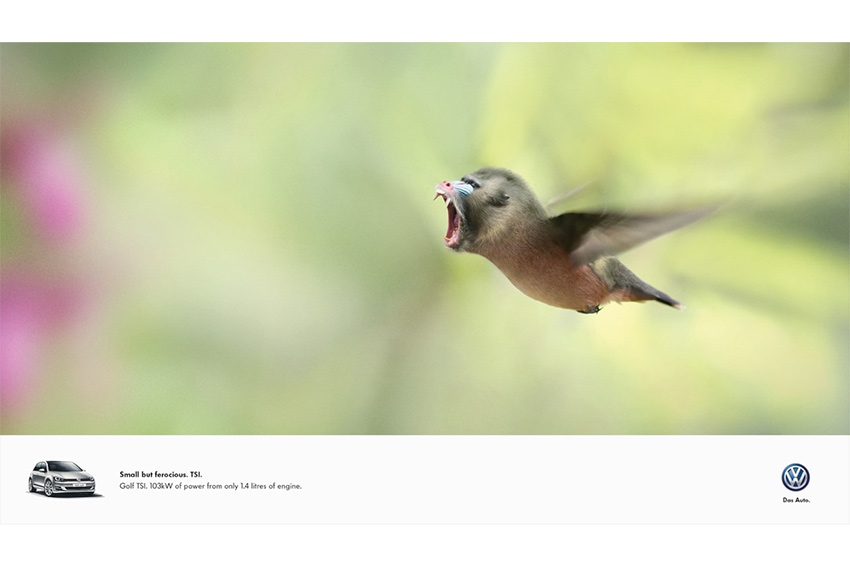
Original Volkswagen campaign
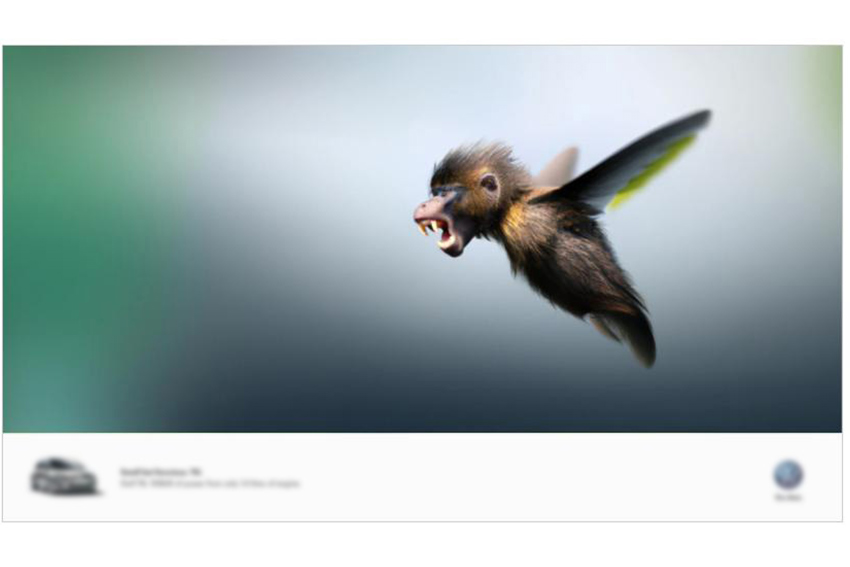
DALL-E 2 Image Generation ‘Baboon-Hummingbird’
The results of the research were clear.
Focus group participants said the DALL-E2 images were engaging and satisfying, but not up to production standard, meaning the human skill in perfecting a campaign is still necessary.
However, for campaign ideation and mockups, the benefits of AI tools like DALL-E2 were clear. Some participants also identified a potential advantage in AI imagery, compared to stock photography.
“While our participants could see the potential uses, there was ‘human vs machine’ pushback. It was clear to many that AI images are not at the same quality level as current output yet, but acknowledgement that could come quickly. A few participants also flagged the risk of stereotypes and biases in AI generated images,” says Matthews.
“Several participants also flagged the workforce implications due to shifts the ‘creative practice’” says Fastnedge, “with the demand to upskill, the risk of losing jobs and the pressure to do more with less, while the ability to ideate and produce work rapidly was in general held as a positive aspect of generative AI.”
All participants agreed generative AI is an inevitable technology and its influence on the discipline and the field of advertising will occur forcing practitioners to adopt programmatic creativity.
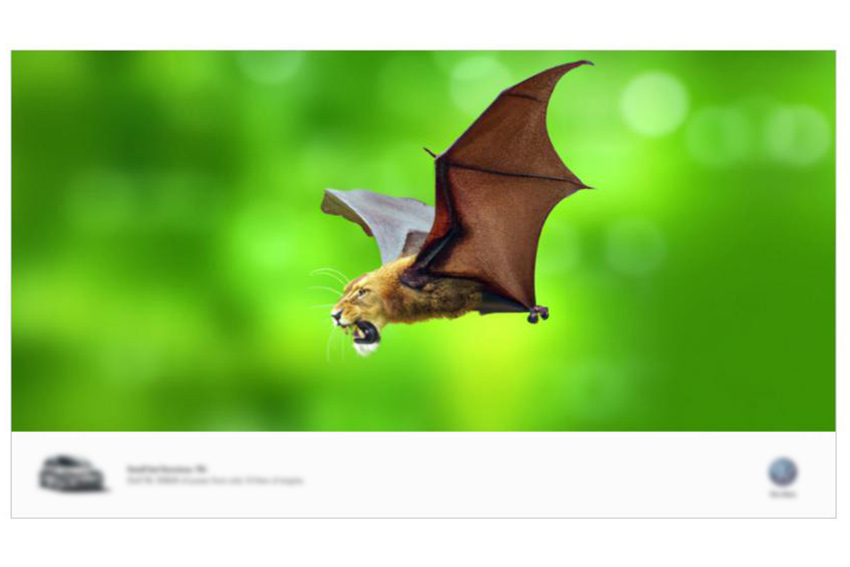
Lion Bat
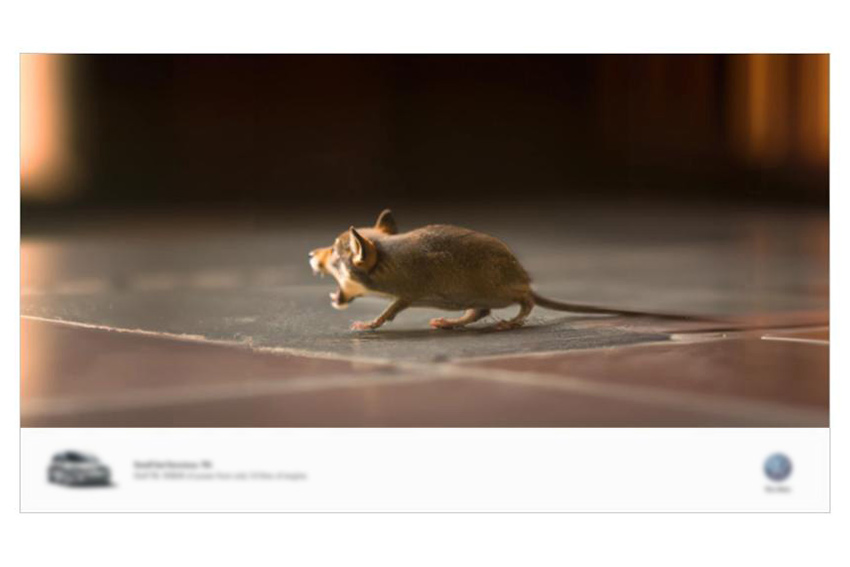
Wolf Mouse